Have you ever had a funny feeling while shopping online and hit ‘cancel’ at checkout? It’s not just you. In fact, nearly 18% of online shoppers abandon their purchase because the checkout process takes too long or feels complicated. In retail, even a few extra seconds during checkout can push customers away and lower business revenue.
Similar challenges also exist in manufacturing, though in a different form. For instance, a single delay in detecting a defect on a production line can lead to wasted materials, more production delays, and expensive recalls, sometimes costing thousands of dollars for each mistake.
Overall, the speed of ‘getting things done’ plays a key role in business success. Over the years, tools like artificial intelligence (AI) and computer vision (a branch of AI that processes images and videos) have lowered the load. Still, these tools can’t always keep up since many of them operate through the cloud, meaning data has to be sent back and forth before it gets processed.
To overcome these slowdowns, many businesses are turning to edge computing. For instance, edge computing and computer vision can be combined to process images and video directly on-site using cameras, sensors, or local devices, avoiding data transfer to cloud servers. This enables real-time responses with almost no lag, reducing wait times in retail stores and detection delays in manufacturing.
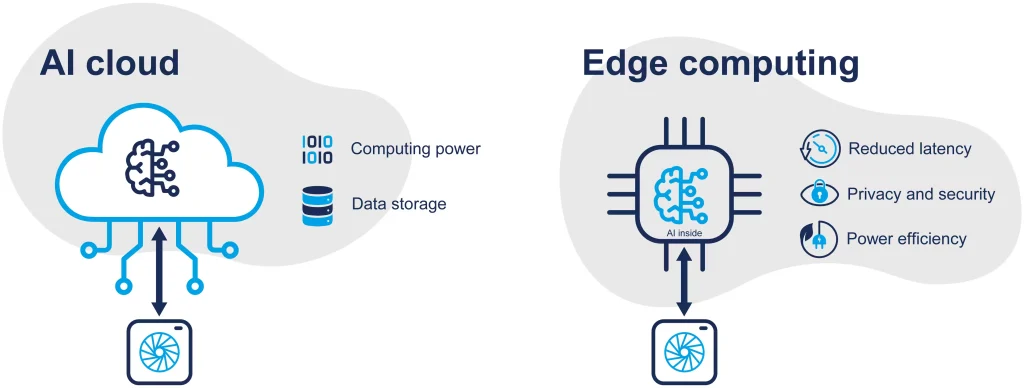
Comparing Cloud and Edge Computing (Source)
In this article, we’ll explore computer vision at the edge, its role in retail and manufacturing, and discuss its real-world applications. Let’s get started!
In many retail stores and manufacturing plants, monitoring still depends heavily on people. Staff check shelves and monitor customer behavior, while quality inspectors inspect the production line for defects. However, these are both time-consuming processes.
Edge-based computer vision systems are a great solution to this problem. They use cameras, sensors, and Vision AI algorithms to track low-stock products, instantly flag defects, or identify unusual patterns that might otherwise go unnoticed. Computer vision at the edge can turn visual data into real-time insights for staff and inspectors.
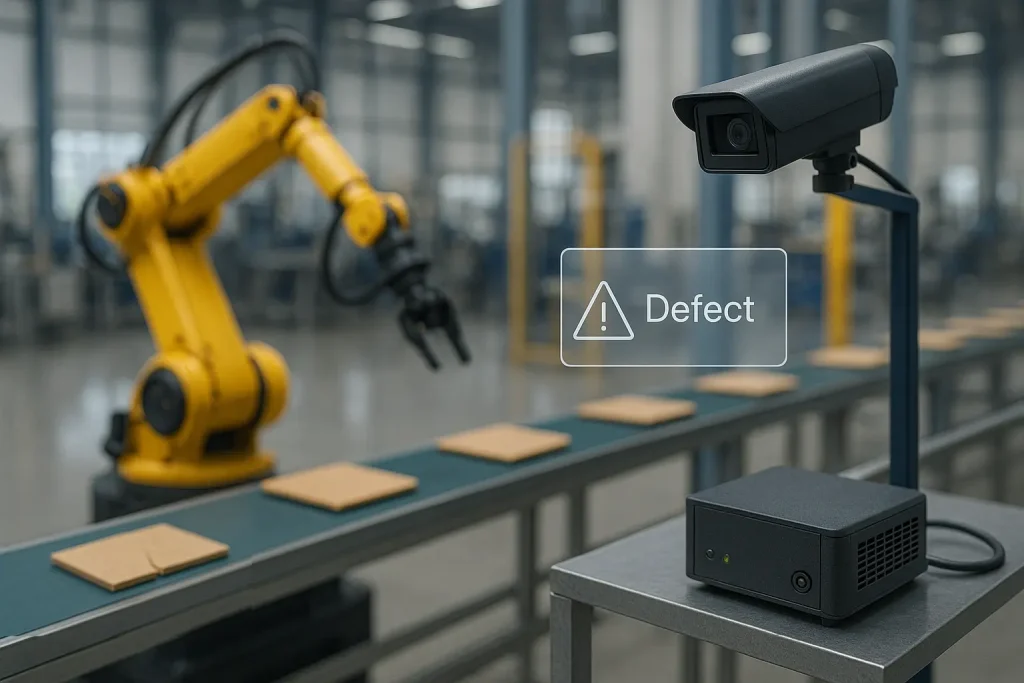
Computer vision can be used to instantly flag defects on an assembly line.
Unlike traditional computer vision systems that rely on cloud servers, many edge-based systems process data directly on-site. This makes them faster, more secure, and able to work even without an internet connection. For retail and manufacturing sites in remote areas, this is a significant advantage. Since data never leaves the premises, edge-based computer vision also helps keep sensitive information private.
When it comes to computer vision, there are a few common techniques that are used to make sense of what a camera sees. These methods help systems recognize, classify, and respond to different visual inputs in real time. In particular, when used at the edge, computer vision tasks can run faster, operate securely without constant internet access, and provide instant insights right where the data is captured.
Here are some key vision tasks used at the edge in retail and manufacturing:
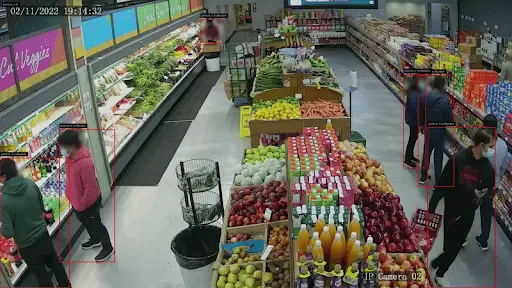
Real-Time People Detection Using Computer Vision and Edge AI. (Source)
Now that we have a better understanding of what an edge computer vision system is, let’s take a closer look at the technologies that make it possible and how they work together to get real-time insights in retail and manufacturing.
Hardware lies at the core of all edge computer vision systems. Cameras and IoT sensors capture visual input, while embedded processing hardware such as GPUs and dedicated AI accelerators process it locally.
These on-site systems bring high-speed AI inference to factories and stores where delays or connectivity issues make cloud-only solutions less effective. For example, an edge system running locally can detect a defective product with minimal delay on a production line, or monitor customer behavior in a retail environment in real time.
Once the hardware gathers data, Vision AI models act as the brain of the system. These models are first trained in the cloud, then later optimized for edge use through techniques like quantization (making them smaller in size and faster), pruning (removing unnecessary parts), and distillation (transferring knowledge from larger models to smaller ones).
All these techniques help make the model reliable for edge use. The model processes the data locally, decisions are made faster, and they can work independently without requiring a cloud connection.
Strong connectivity is essential for any edge computer vision system to run smoothly. Devices such as cameras, IoT sensors, and edge processors need to communicate with each other to share data, stay in sync, and keep operations running in real time.
Technologies like 5G, IoT networks, and hybrid cloud setups make this possible. 5G enables fast, low-latency communication, while IoT networks connect multiple devices into one coordinated system.
Hybrid cloud setups combine the best of both worlds: they use the cloud for heavy tasks like training AI models and let edge devices make quick decisions locally. Together, these technologies create a connected system that keeps edge computer vision running efficiently and reliably.
Next, let’s walk through how retailers apply edge computing and computer vision in real-world retail scenarios to improve operations and customer experiences.
We’ve all had that moment when you walk into your favorite supermarket and the shelf with your favorite item is empty. It’s frustrating, right? For retailers, these small moments can turn into big challenges, like keeping shelves stocked, tracking how shoppers move around the store, and making sure products are in the right place.
In the past, staff had to handle all of this manually by walking the aisles and checking shelves. That approach takes time and can easily lead to mistakes. Edge computer vision offers a much faster and more reliable way to manage daily store operations.
Cameras and sensors placed around the store can capture what’s happening in real time, while edge devices process the data right there on-site. This makes it easier to quickly spot empty shelves, find misplaced products, and understand how customers move through the store. Because the data is processed locally instead of in the cloud, it stays private and avoids delays caused by network connections.
For example, Coles, a leading Australian retailer, uses edge computer vision to enhance customer service. By running visual analytics directly on in-store devices, Coles can monitor checkout queues, restock produce faster, and even identify items, such as fruits and vegetables, inside bags to speed up self-checkout.
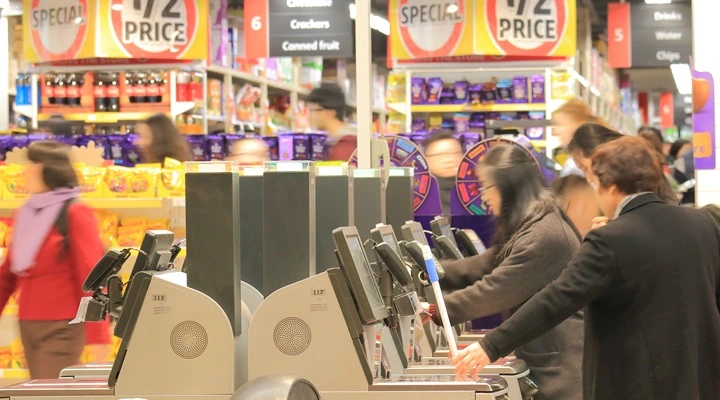
Coles uses edge-computer vision to deliver a better shopping experience. (Source)
Meanwhile, at the deli counter, the system alerts staff when customers approach, helping reduce wait times and improve service. Coles has already rolled out this technology in more than 500 stores and continues to expand it to new locations.
Another major concern for retailers is detecting and preventing theft. In fact, the U.S. retail industry alone has lost over $112 billion in recent years. These losses are driven by both internal and external theft, and they make up nearly two-thirds of total inventory shrinkage.
To minimize these losses, retailers are adopting edge computer vision systems that can spot and respond to theft in real time. These systems monitor activity in real-time, spotting suspicious customer behaviour and alerting staff to take a closer look immediately. This results in reduced inventory loss while maintaining a smooth shopping experience for other customers.
For instance, Tesco in the UK and REWE in Germany are great examples of retailers using edge computer vision to reduce theft. These systems use existing CCTV cameras to anonymously track shoppers while detecting unscanned or hidden items in real time. In a similar way, other supermarket chains in the UK are also using facial recognition technology with edge-based cameras to enhance store security and protect both customers and staff.
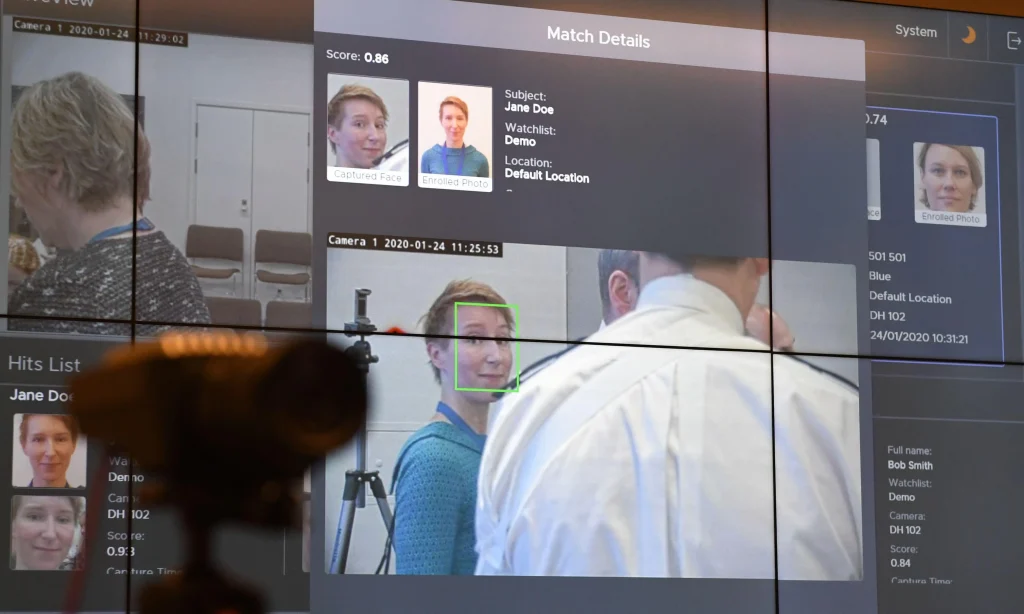
An Example of Facial Recognition in Supermarkets. (Source)
Now that we have seen some use cases of edge computer vision in retail operations, let’s explore how it is being used in manufacturing.
Manufacturers lose millions every year because of poor inspection processes. Quality inspection acts as a filter, catching defective products before they leave the factory. When that filter fails, those “impurities”, the faulty items, can cause big problems down the line.
Defective products can disrupt supply chains, increase waste, and lead to costly recalls. In the past, inspection was mostly done by human workers checking each product by eye. On fast-moving production lines, even the most attentive inspectors can miss small defects.
Edge computer vision helps solve this problem by automatically analyzing every product as it moves along the conveyor belt. High-resolution cameras capture detailed images, and computer vision software running on local edge devices evaluates them instantly. This setup lets manufacturers automate quality inspection, identifying defects in real time while keeping all data processing on-site rather than in the cloud.
So, what does this look like in practice? Imagine a bottle manufacturing facility where each bottle moves quickly along a conveyor belt. Cameras placed around the line capture images in real time, and edge computer vision systems analyze them instantly to detect cracks, uneven shapes, or surface imperfections. When a defect is found, the system automatically flags or removes the faulty bottle before it continues further down the production line.

A Defective Bottle, an Undamaged Bottle, and a Mask of the Identified Defect. (Source)
Did you know that nearly 3 million fatalities happen every year because of workplace accidents? Even with stricter rules and safety campaigns, it’s still challenging to monitor the safety of workers in real-time, especially in sectors like manufacturing. Human supervisors cannot monitor every area of a large manufacturing plant at all times.
To tackle such issues, companies are using edge computer vision systems. These systems use on-site video processing to improve workplace safety by analyzing CCTV footage in real time. Cameras can be placed in high-risk areas to monitor workers, and if unsafe behavior is detected, alerts are sent instantly to supervisors.
A great example comes from Hindustan Zinc, one of the world’s largest zinc and silver producers. The company uses edge-based computer vision to monitor safety across its operations.
The system automatically flags issues such as missing helmets, unauthorized entry, or unsafe work-at-height practices. Since introducing the technology, Hindustan Zinc has cut manual safety interventions by half and improved operational efficiency by up to 30%.
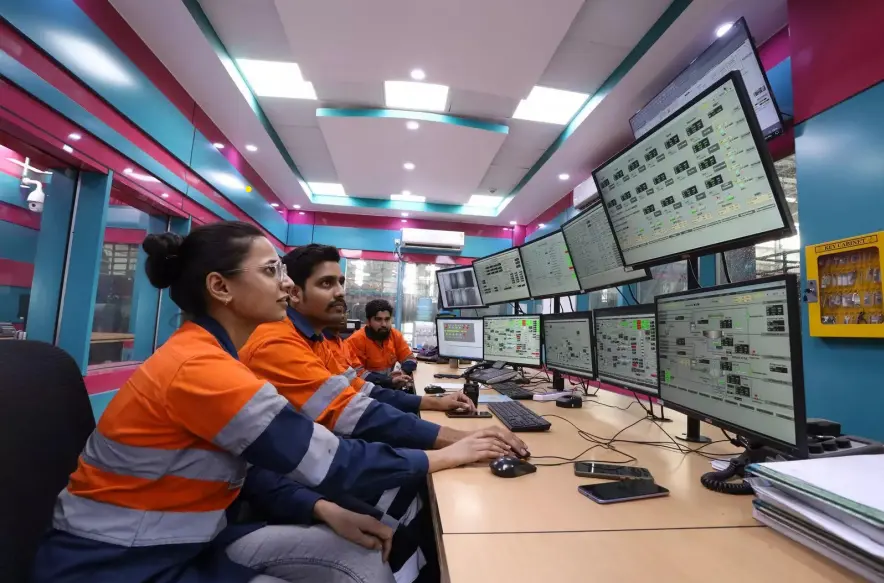
Operators ensure worker safety through edge-computer vision systems. (Source)
Here are some key benefits of applying edge computer vision in manufacturing and retail:
While an edge computer vision system offers many advantages, it also comes with some limitations. Let’s take a look at some of them:
To overcome these challenges, having the right data foundation makes all the difference. At Objectways, we help organizations strengthen their edge computer vision solutions with high-quality data collection and annotation.
If you have a project that needs accurate training data or want to improve the performance of your existing computer vision models, our team can help you every step of the way, from data preparation to deployment.
Edge computer vision is changing how manufacturers and retailers make quick decisions. It helps detect defects, improve safety, and keep operations running smoothly. The success of these systems depends on the quality of data used to train them.
At Objectways, we focus on data annotation and collection that form the base for reliable AI models. Our team helps build strong datasets, scalable systems, and efficient model designs that turn edge data into clear and useful insights.
If you’re exploring edge-based AI solutions, you’ve come to the right place. Book a call with us today!
